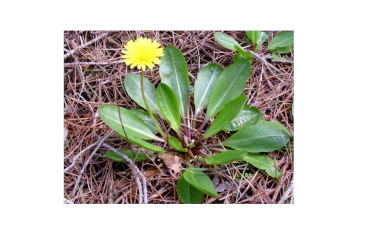- Series:Plants, Transcript English
As spring comes to the temperate areas of the northern hemisphere, one of the first signs of spring is the blossom of the Lion’s Tooth. This bright yellow flower is also called the Irish daisy, priest’s crown, peasant’s cloak and yellow gowan. Its other name appears on the sides of bags of lawn care chemicals – the dandelion.

The millions of homeowners who wage unrelenting war on the dandelion will probably not be pleased to hear anything good said about the plant. But the dandelion actually has a very interesting history. It was first brought to North America from Europe because of its beautiful flower. As late as the early 20th century, seed companies were still selling packets of dandelion seeds for home flower gardens.
Up to 1957, more than 100,000 pounds of dandelion roots were imported annually to the United States for pharmaceutical use. In spring, the dandelion contains mannitol, which is used as a base for pills, a treatment for hypertension and coronary insufficiency, as well as in manufacturing radio condensers and percussion caps. And many people enjoy a salad that includes young dandelion leaves freshly picked in the spring.
While you may not like dandelions in your lawn, the dandelion illustrates that God has not made anything that is without use. It is up to us to put what He has given each of us to use for His purposes.
Romans 8:28
“And we know that all things work together for good to them that love God, to them who are the called according to [his] purpose.”
Prayer: Dear Lord, forgive me for the times that I have not appreciated the good purpose for which You have brought some experience or event into my life. Through Jesus Christ fill me with the conviction that my life can fulfill Your purpose if I follow You. In His Name. Amen.
Notes: “A weed by any other name.” Science 83, Apr. 1983. p. 82. Image: Dandelion (PD)
© 2024 Creation Moments. All rights reserved.
